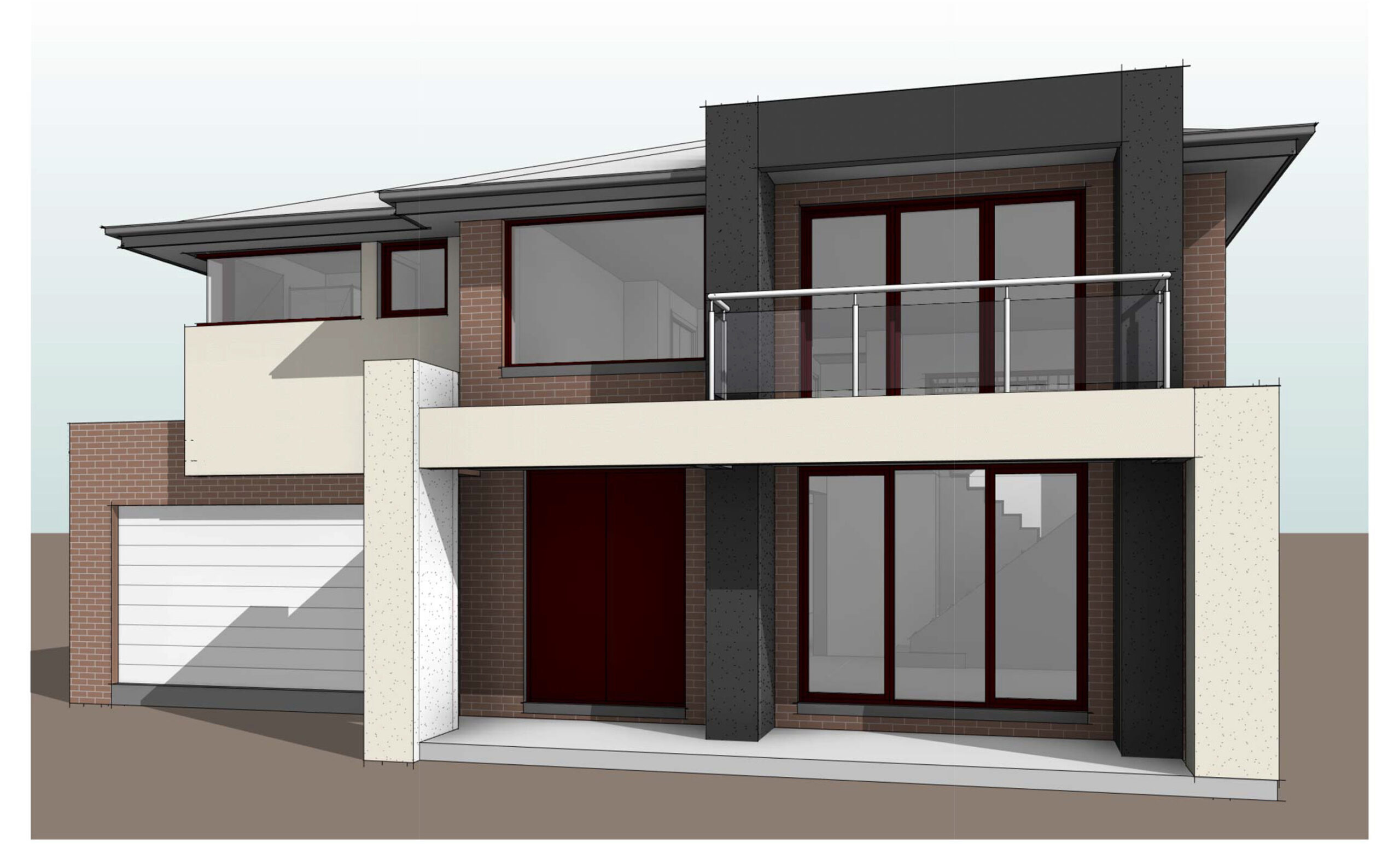The Future of CAD Outsourcing: Trends to Watch
Posted on : Mar 04, 2024
As technology continues to advance, the future of Computer-Aided Design (CAD) outsourcing holds exciting possibilities. This article explores emerging trends that are shaping the trajectory of CAD outsourcing, offering a glimpse into the transformative innovations that lie ahead.
1. Integration of Artificial Intelligence (AI)
AI-Driven Design Automation
The integration of AI in CAD outsourcing is a trend poised to revolutionize the industry. AI-driven design automation streamlines repetitive tasks, accelerates the design process, and enhances precision, allowing designers to focus on creative aspects rather than routine functions.
Generative Design Solutions
Generative design, empowered by AI algorithms, is gaining prominence. CAD outsourcing partners are leveraging generative design to explore numerous design iterations based on specified parameters, enabling the creation of innovative and optimized solutions.
2. Cloud-Based Collaboration Platforms
Ubiquitous Access to CAD Data
Cloud-based collaboration is transforming how CAD outsourcing projects are managed. With data stored in the cloud, stakeholders can access and collaborate on CAD projects in real-time, fostering seamless communication and improving overall project efficiency.
Enhanced Scalability and Flexibility
Cloud platforms provide enhanced scalability and flexibility. CAD outsourcing firms can easily scale their operations based on project demands, and designers can collaborate from anywhere, promoting a more agile and globally distributed workforce.
3. Advanced Virtual and Augmented Reality Integration
Immersive Design Review Processes
The integration of Virtual Reality (VR) and Augmented Reality (AR) is becoming integral to CAD outsourcing. These technologies enable immersive design reviews, allowing stakeholders to experience and assess designs in three dimensions, fostering better understanding and collaboration.
AR-Assisted Construction and Maintenance
AR applications are extending beyond design phases. CAD outsourcing partners are exploring AR solutions for construction and maintenance, providing on-site workers with real-time visualizations and instructions for efficient project execution and maintenance tasks.
4. Blockchain for Data Security
Ensuring Data Integrity and Security
Blockchain technology is increasingly being explored for its potential in enhancing data security in CAD outsourcing. By ensuring data integrity and preventing unauthorized modifications, blockchain mitigates the risk of intellectual property theft and enhances overall project confidentiality.
Transparent Project Transactions
Blockchain facilitates transparent and secure transactions between CAD outsourcing parties. Smart contracts automate project milestones and payments, ensuring a fair and transparent process for all stakeholders involved.
5. Continued Focus on Sustainable Design
Integrating Environmental Analysis Tools
Sustainability remains a focal point in CAD outsourcing. The future sees an increased integration of environmental analysis tools within CAD software, allowing designers to assess the environmental impact of their designs and make informed decisions for sustainable outcomes.
Life Cycle Assessment (LCA) Integration
CAD outsourcing partners are expected to play a pivotal role in integrating Life Cycle Assessment (LCA) tools. This involves evaluating the environmental impact of a building or product throughout its entire life cycle, influencing design decisions from conception to demolition.
Challenges and Mitigations
AI Learning Curves and Adaptation Challenges
As AI integration expands, addressing learning curves and adaptation challenges is crucial. Training programs, hands-on workshops, and collaborative learning environments can help designers and outsourcing teams embrace and harness the power of AI.
Data Privacy Concerns
With the increased reliance on cloud-based platforms and blockchain, addressing data privacy concerns is paramount. Implementing robust encryption, compliance with data protection regulations, and transparent communication on data handling practices are essential.
Conclusion
In conclusion, the future of CAD outsourcing is marked by transformative trends that promise to redefine how designs are conceived and executed. From AI-driven automation to immersive VR experiences and blockchain-enhanced security, these trends underscore the industry’s commitment to innovation, efficiency, and sustainability.
As CAD outsourcing continues to evolve, staying abreast of these trends will be crucial for firms and designers looking to harness the full potential of emerging technologies and shape the future of design and engineering.




